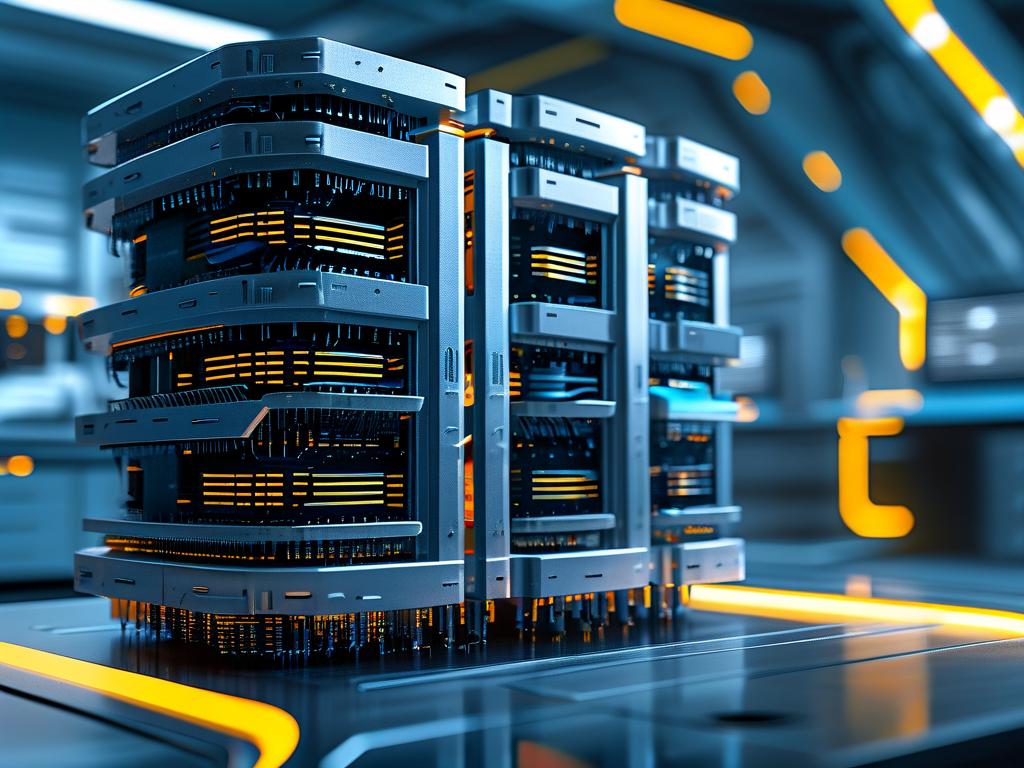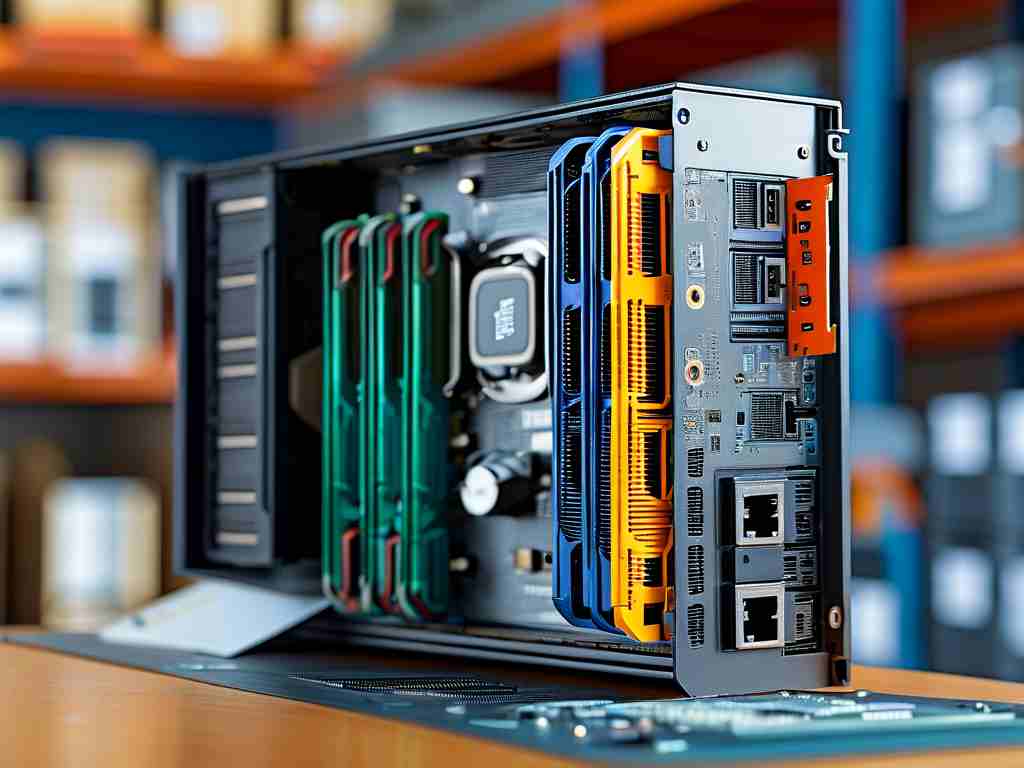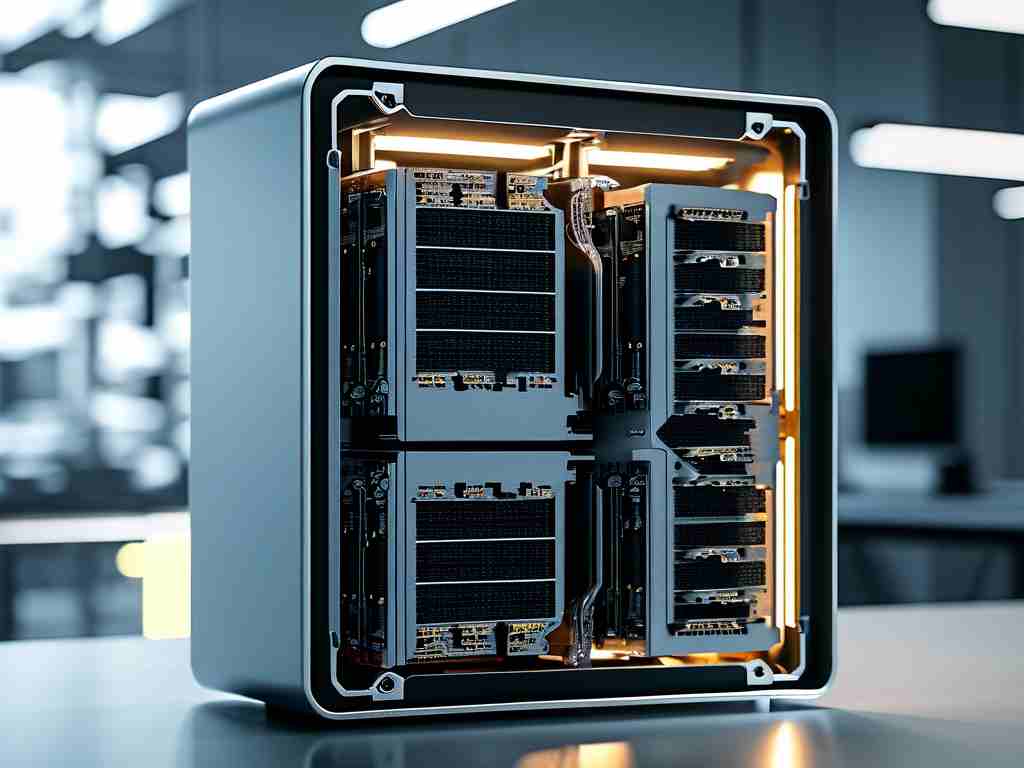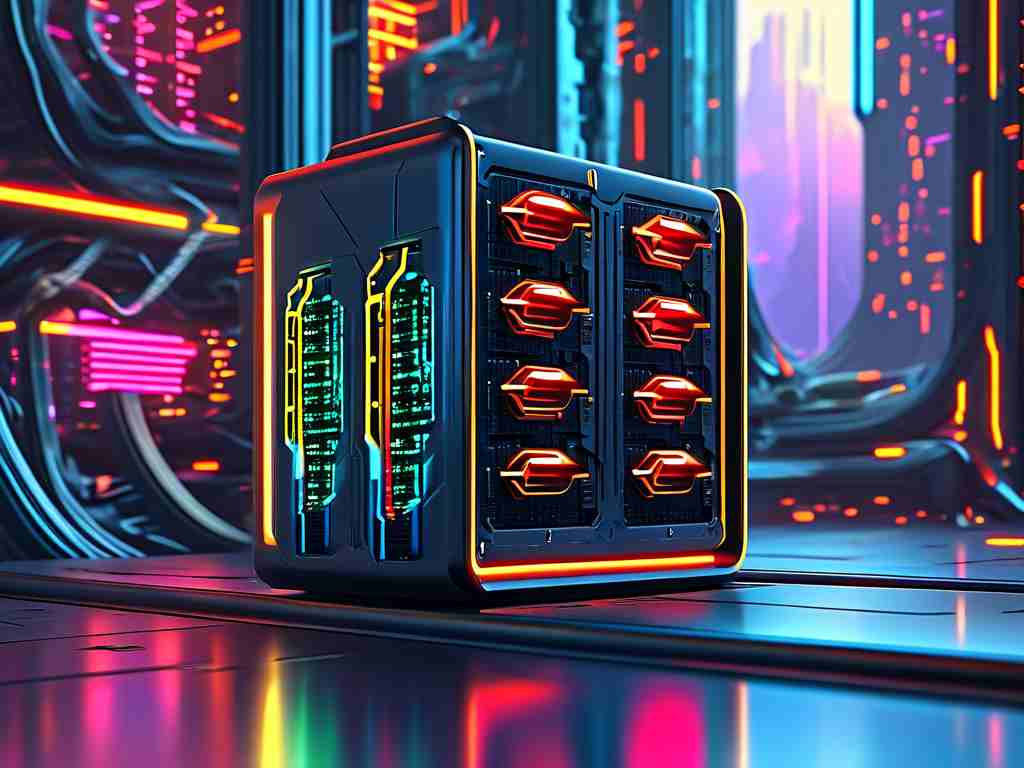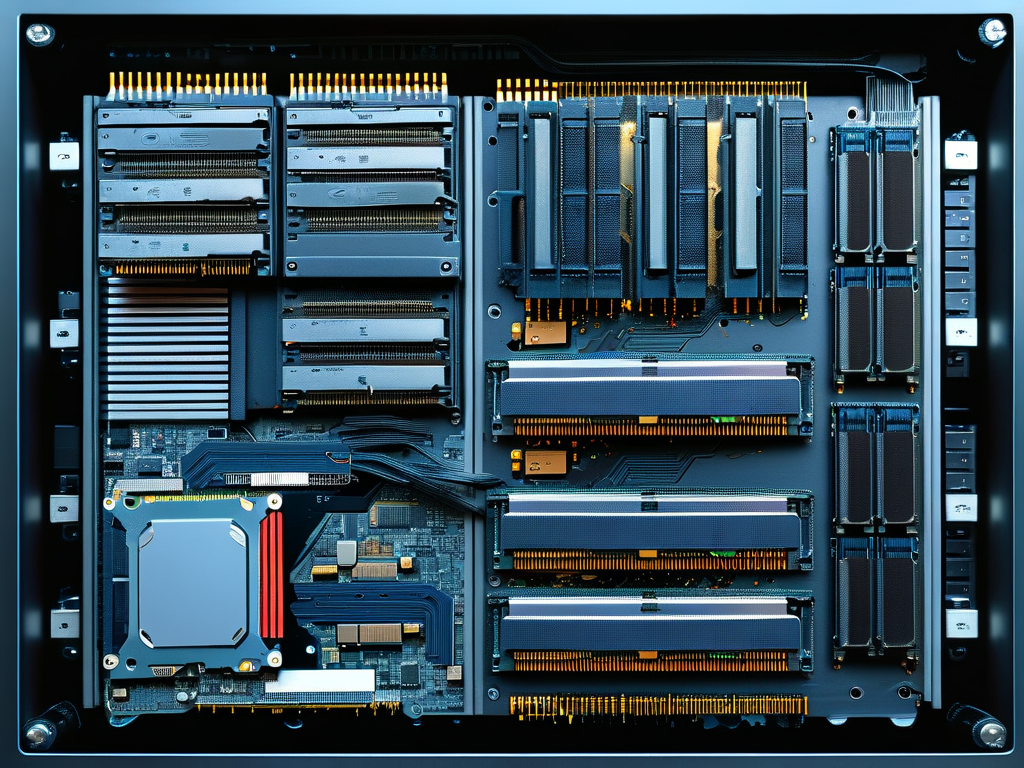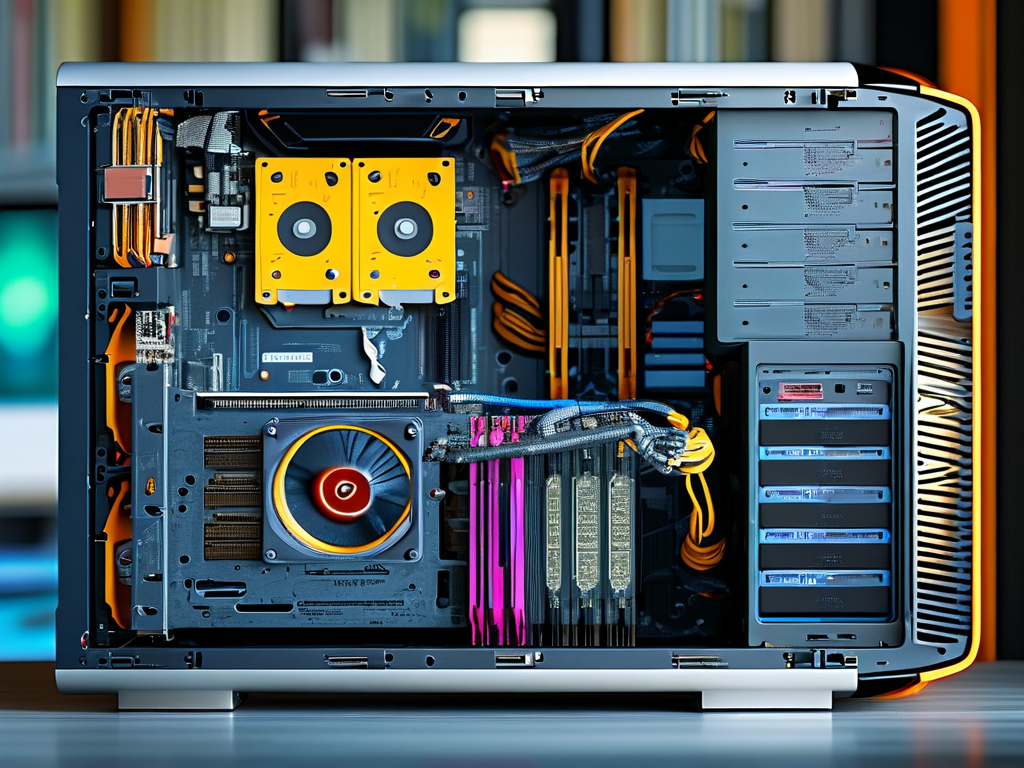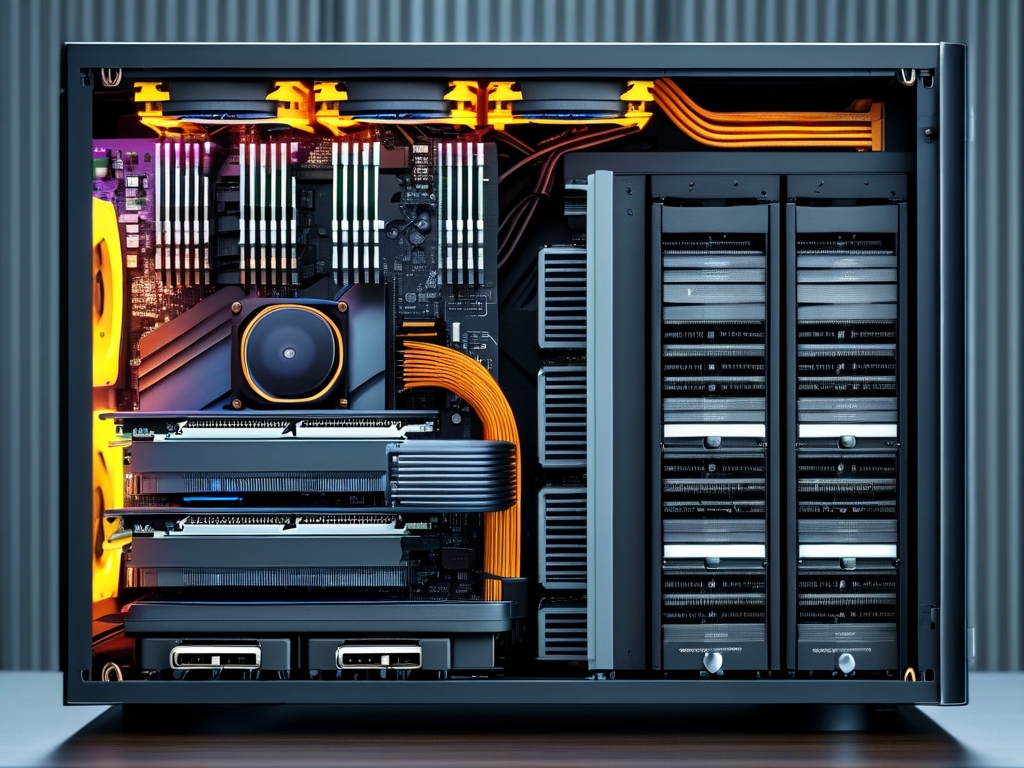In the realm of computer architecture and system design, the classification of hardware components often sparks debates among engineers and developers. One such topic is the role of memory—specifically, whether it belongs to the category of storage resources or computational resources. To address this, we must dissect the functional and operational characteristics of memory in modern computing systems.
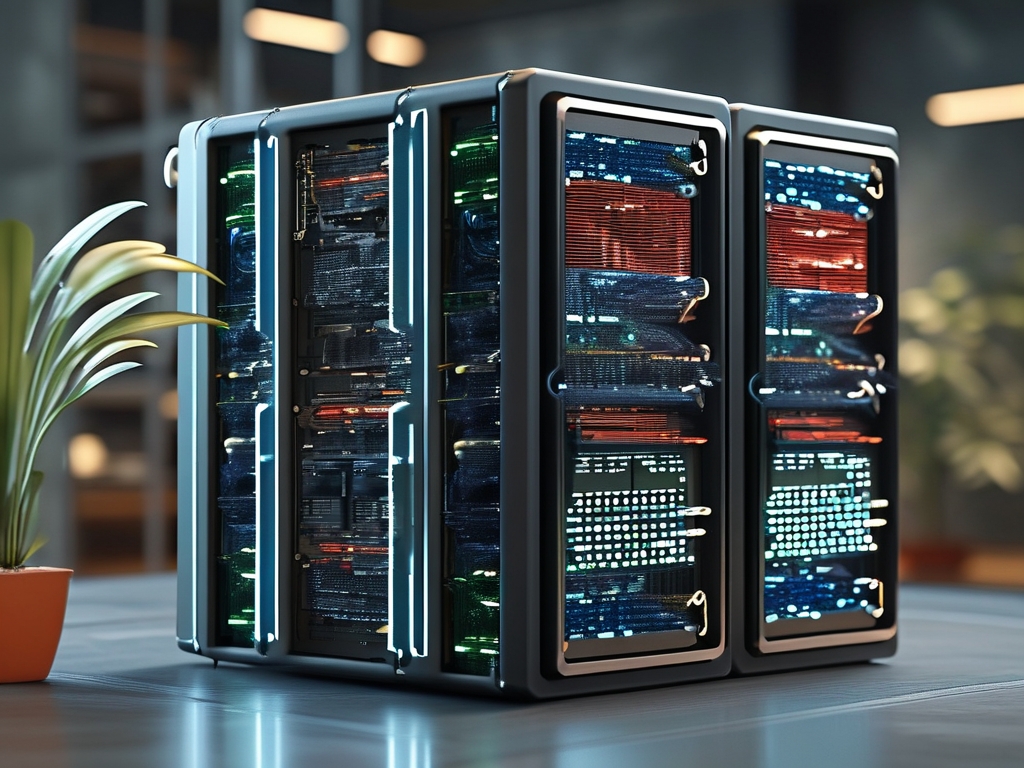
Defining Storage and Computational Resources
Storage resources refer to components designed to retain data persistently or temporarily. Examples include hard drives, SSDs, and even cache layers. Their primary function is to store information for short- or long-term access. Computational resources, on the other hand, encompass units that process data, such as CPUs, GPUs, and ALUs. These execute instructions, perform calculations, and manage workflows.
Memory’s Dual Role
At first glance, memory appears to align with storage resources. After all, RAM (Random Access Memory) temporarily holds data that CPUs actively use. For instance, when running an application, the operating system loads relevant code and data into RAM for quick access. This temporary storage reduces latency compared to fetching data from slower storage devices like SSDs.
However, modern architectures reveal a more nuanced picture. Technologies like in-memory computing blur traditional boundaries. In systems such as SAP HANA or Redis, memory isn’t just a passive storage layer—it actively processes queries and performs computations without relying on CPUs. This shifts memory closer to a computational role. Consider the following code snippet illustrating in-memory data manipulation:
# Example of in-memory data processing using Python
import redis
# Connect to Redis (in-memory database)
r = redis.Redis(host='localhost', port=6379, db=0)
# Store and process data without disk I/O
r.set('user:1001', '{"name": "Alice", "score": 95}')
user_data = r.get('user:1001')
r.incrby('user:1001:score', 5) # Direct computation in memory
Here, memory acts as both a storage medium and a processing unit, challenging conventional classifications.
The Hardware Perspective
From a hardware design standpoint, memory modules lack the circuitry for arithmetic operations, which are hallmarks of computational units. DRAM and SRAM cells store binary states but don’t execute logic gates. Yet, advancements like Processing-in-Memory (PIM) integrate lightweight compute logic within memory chips. Companies like Samsung and Intel are experimenting with PIM architectures to reduce data movement bottlenecks. For example:
// Hypothetical PIM pseudo-code
memory_chip.fetch(address);
memory_chip.execute(ADD, operand); // Computation within memory Such innovations position memory as a hybrid component, merging storage and computation.
Industry Use Cases and Trends
- AI/ML Workloads: Neural networks require rapid data access for matrix multiplications. GPUs leverage high-bandwidth memory (HBM) to store and process tensor data simultaneously.
- Real-Time Analytics: Financial trading systems use in-memory databases like MemSQL to execute complex queries in microseconds.
- Edge Computing: IoT devices employ low-power RAM to handle localized data processing without relying on cloud servers.
: A Spectrum, Not a Binary
Labeling memory as purely a storage or computational resource oversimplifies its evolving role. Instead, it operates on a spectrum. Traditional RAM leans toward storage, while emerging paradigms like PIM and in-memory databases infuse computational capabilities. As heterogeneous computing gains traction, the distinction between storage and computation will further erode, making memory a cornerstone of both worlds.
For developers and system architects, understanding this duality is critical. Optimizing memory usage—whether for storage efficiency or computational offloading—can unlock significant performance gains. The question isn’t “either-or” but rather “how and when” memory serves dual purposes in a given system.


